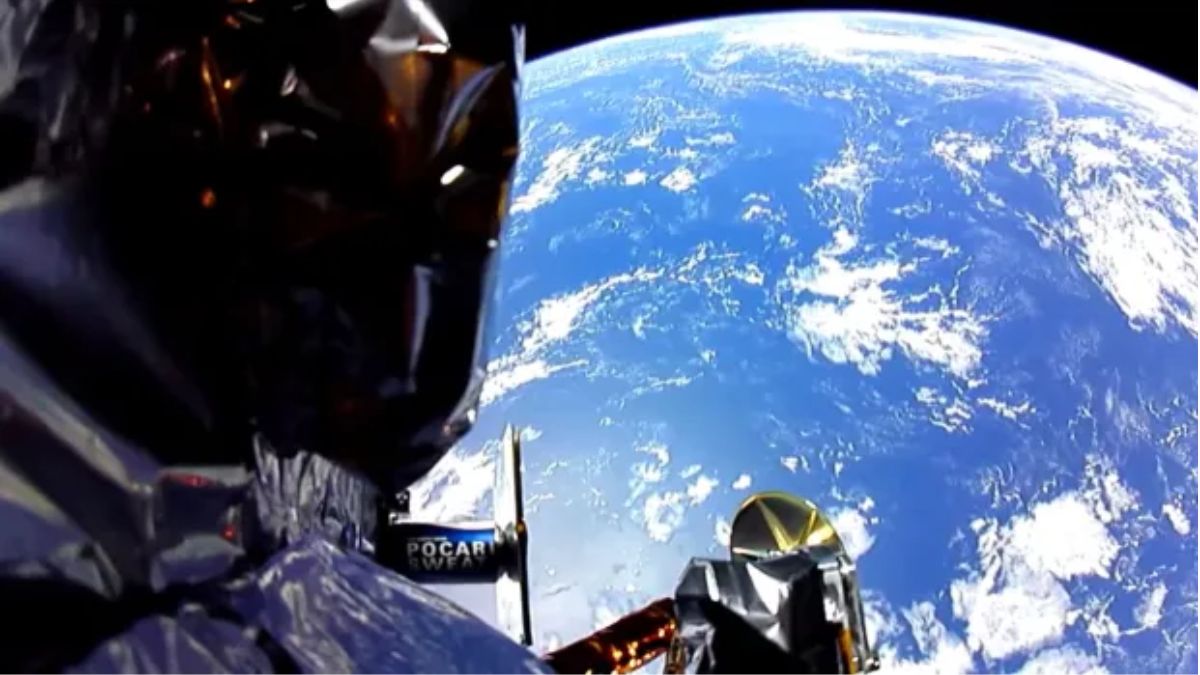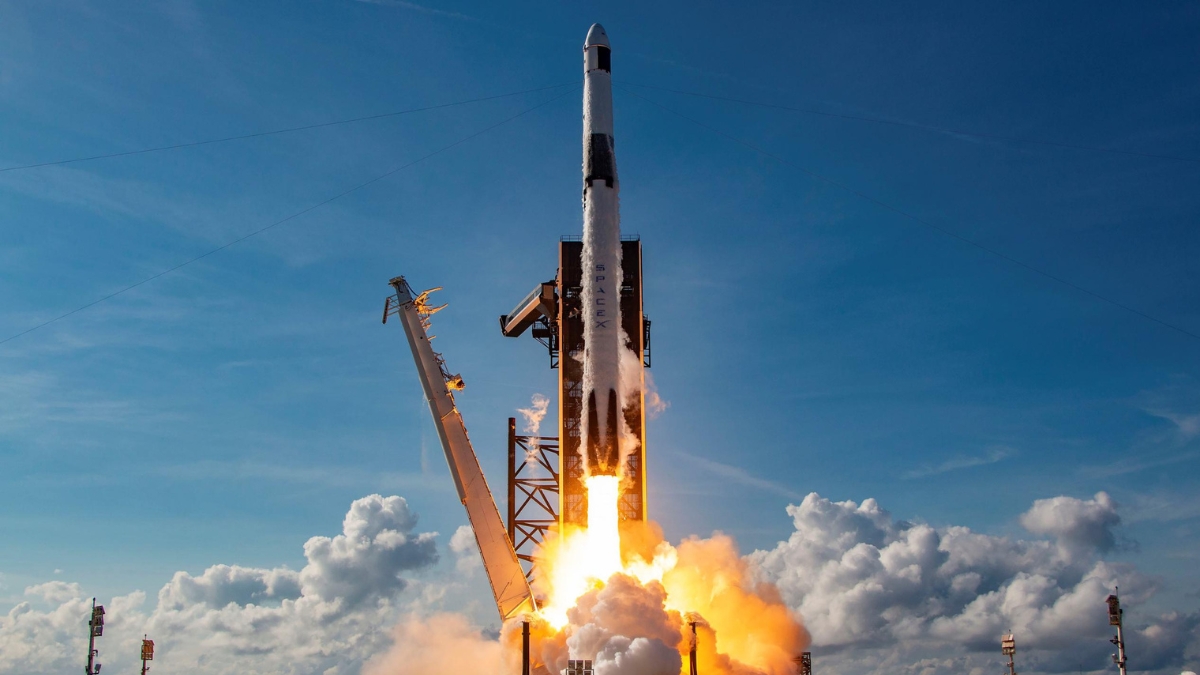
Astrobotic's Peregrine lunar lander encountered bo...
news-extra-space

Two new solar panels for the space station are among the items that the Dragon is delivering. As part of a long-term initiative to modernize the station's power system, these arrays, known as International Space Station Roll-Out Solar Arrays, or iROSAs, are to be installed at an offset above the station's current array. Due to technological advancements, the new arrays are smaller than the old arrays but still provide the same amount of power. While some of these new arrays have already been put into use, others will be put into use during subsequent spacewalks. [caption id="attachment_66719" align="aligncenter" width="1200"]Docking confirmed! #CRS26 was soft-captured by the @Space_Station at 7:39am ET (1239 UTC) over the Pacific Ocean. pic.twitter.com/nXOMKBMysq
— NASA (@NASA) November 27, 2022
 Image credit: NASA[/caption]
The space station's capacity for producing electricity is increased by the addition of these solar panels, which unfold using stored kinetic energy. NASA publishes. The ultimate goal is to offer a 20% to 30% increase in power for space station research and operations after the second set that is launching in the Dragon's trunk is installed.
Also, Read: Watch SpaceX launch its 20th resupply mission to the ISS
Image credit: NASA[/caption]
The space station's capacity for producing electricity is increased by the addition of these solar panels, which unfold using stored kinetic energy. NASA publishes. The ultimate goal is to offer a 20% to 30% increase in power for space station research and operations after the second set that is launching in the Dragon's trunk is installed.
Also, Read: Watch SpaceX launch its 20th resupply mission to the ISS
Leave a Reply






